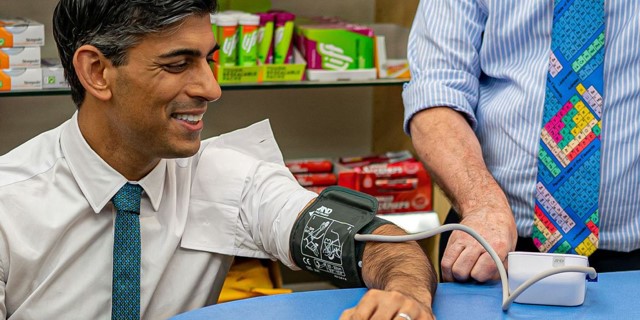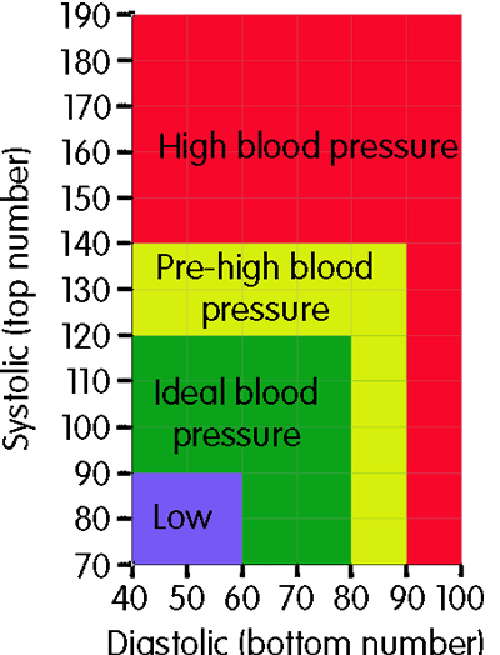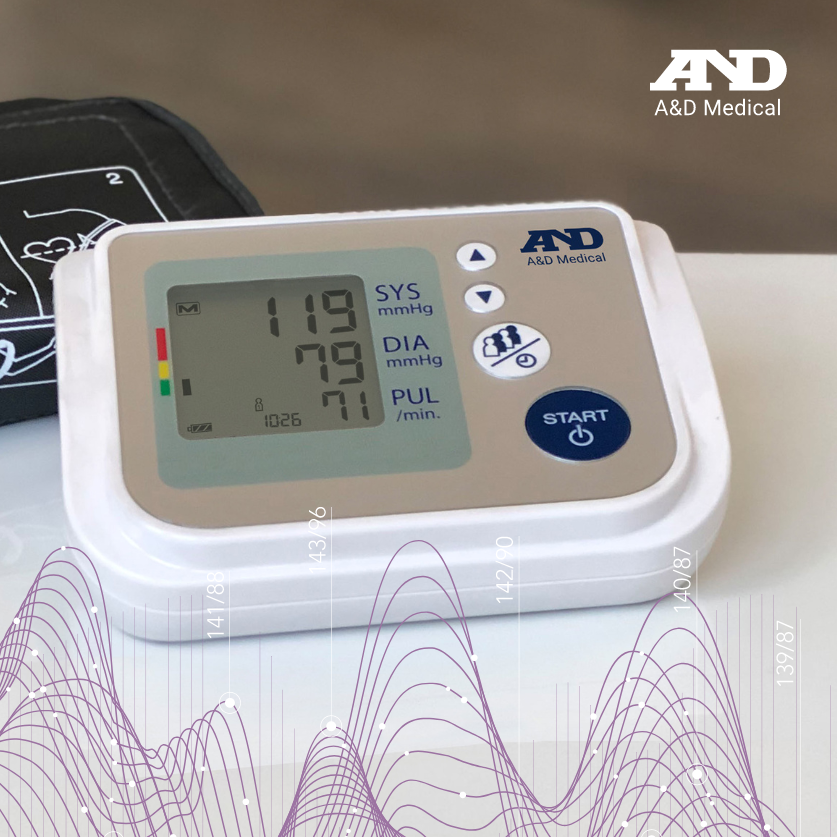A&D Medical In The News
Tracking Blood Pressure: A&D Medical’s Monitors Used by Prime Minister and in Virtual Wards

We at A&D Medical are thrilled to see our blood pressure monitoring products making headlines recently, from the Prime Minister’s visit to a pharmacy in Southampton, to the use of our blood pressure monitors in virtual wards.
As you may have heard, UK Prime Minister Rishi Sunak made a visit to a local pharmacy in May 2023 to get his blood pressure checked. The Prime Minister was seen using an A&D Medical blood pressure monitor. We are proud to see our products being trusted by public figures like the Prime Minister, as well as in the NHS to manage health.
Virtual wards allow healthcare providers to remotely monitor and care for patients using telehealth technology. This approach helps reduce the risk of hospital readmissions and provides timely interventions and coordinated care. Our BPMs have been used in virtual wards to remotely monitor patients’ blood pressure and alert healthcare providers to any changes or potential issues.
At A&D Medical, we are dedicated to providing accurate and reliable blood pressure monitoring solutions to help individuals and healthcare providers manage cardiovascular health. We are thrilled to see our products being used in a range of settings, from pharmacies to virtual wards, to support better health outcomes.
If you are interested in learning more about our blood pressure monitors and other healthcare products, please visit our website at www.andmedical.com.





